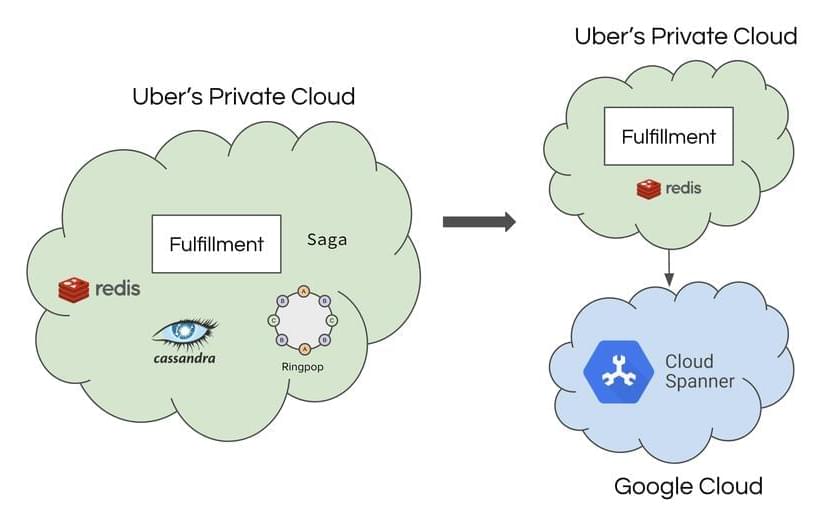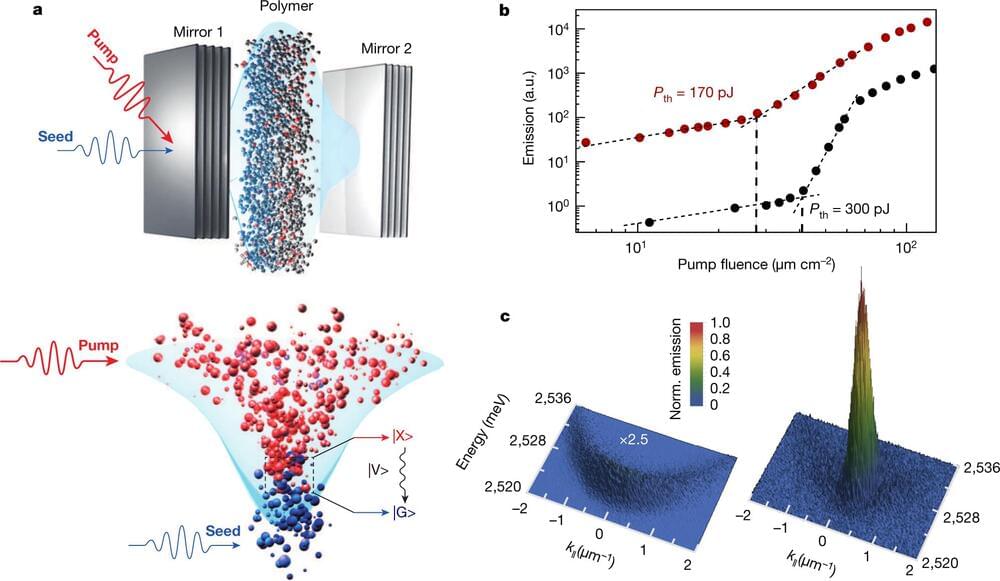Sep 29, 2021
Building Uber’s Fulfillment Platform for Planet-Scale using Google Cloud Spanner
Posted by Quinn Sena in category: habitats
Introduction
The Fulfillment Platform is a foundational Uber domain that enables the rapid scaling of new verticals. The platform handles billions of database transactions each day, ranging from user actions (e.g., a driver starting a trip) and system actions (e.g., creating an offer to match a trip with a driver) to periodic location updates (e.g., recalculating eligible products for a driver when their location changes). The platform handles millions of concurrent users and billions of trips per month across over ten thousand cities and billions of database transactions a day.
In the previous article, we introduced the Fulfillment domain, highlighted challenges in the previous architecture, and outlined the new architecture.


















